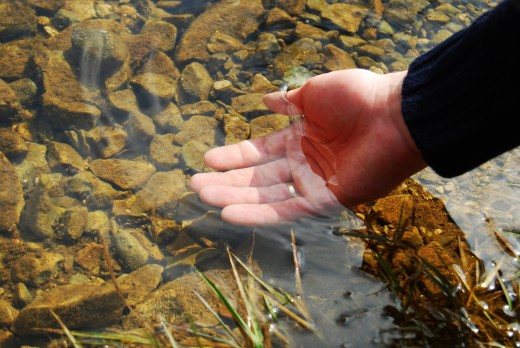Water is essential for the survival of all species, including humans. When the water supply depletes, industries will collapse; chaos will erupt, and many people will die. It’s no longer a far abstract concept that can be ignored now. By 2025, 25 percent of the world’s population will be living in places where water supply is completely scarce.
Even today in the United States, some cities and states, like Los Angeles in California, Salt Lake City in Utah, and Miami are facing severe water crisis. In two years, countries like Botswana, Chile, Estonia, and Namibia will be some of the most water-stressed areas in the world.
Three-fourths of the earth’s surface is covered in water, but only 1 percent is available for use. (Most of which go to industries and agriculture.) While this may have been enough before, the rapid growth of the world’s population, climate change, global warming, and wasteful lifestyle are exhausting water supplies.
There are 7.6 billion people in the world. If every person does what they can to conserve water, humanity can stave the water crisis and, in time, resolve it. This infographic lists down the ways you can help.
Every person can contribute to the cause in their own little ways. If you’re one for long showers, simply cutting back on your bath time can save several gallons of water. Ten-minute showers consume 20 gallons of water. Shorten them to three minutes, and you’ll be saving over 4,500 gallons in a year. Go a step further and use a shower bucket or use install a grey water system.
Changing inefficient old appliances and fixtures not only saves water but also reduces your water bills. Old toilets use up to seven gallons of water per flush. Replace it with a low-flush one to six gallons per flush. I know when we did a food coloring test and found we had a leaky toilet, we replaced it with a low flush unit and saved about $30 a month. Wow!
You don’t have to change the world to solve the water crisis. That’s the job of many. What you can do is to change your water-use habits and turn your home into a sustainable space where water is treasured and conserved.




